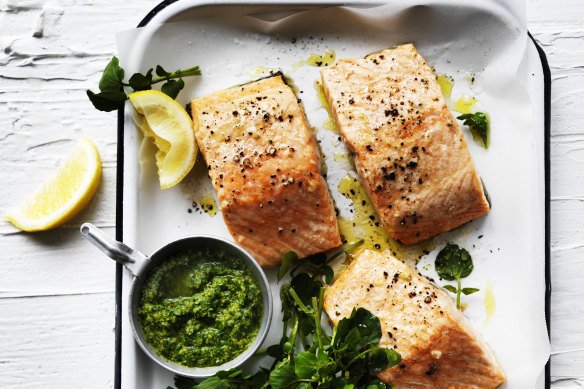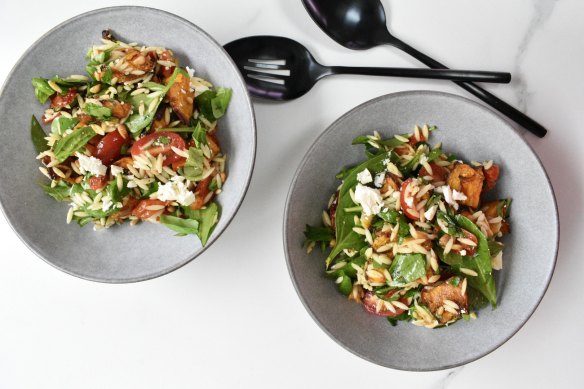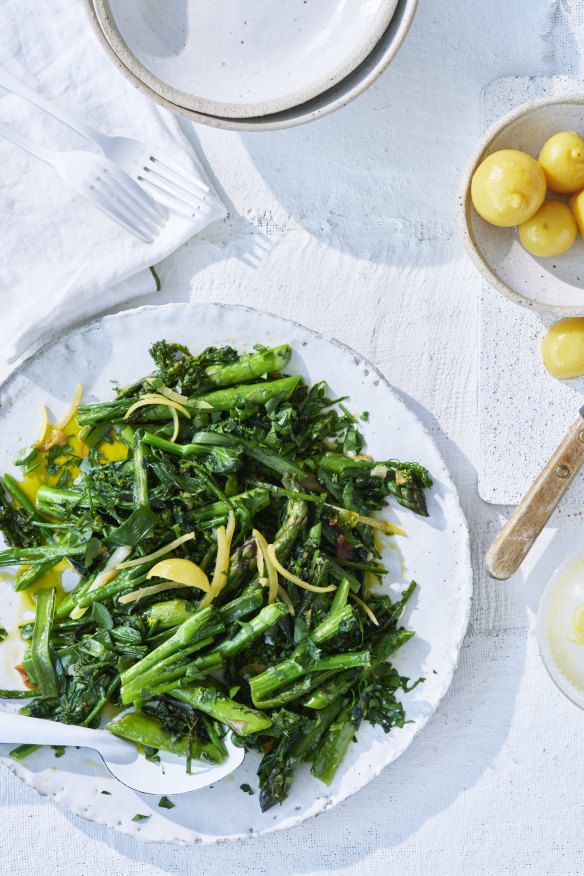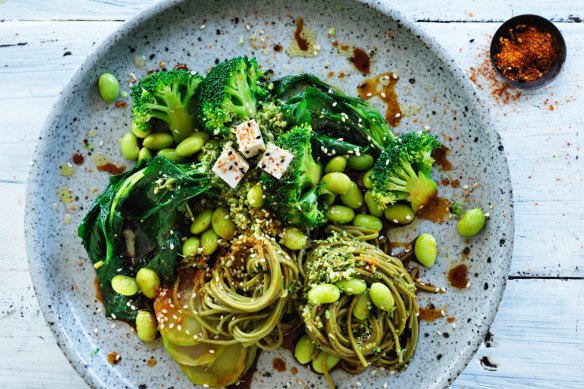A dietitian’s guide to eating for a healthy mind
Susie Burrell shares the best foods to eat – and avoid – to help preserve cognitive health as we get older.
Many of us are keen to minimise the visual effects of ageing. However, if you have experienced the pain of watching someone close to you succumb to dementia or Alzheimer’s disease, you are also likely to be interested in preventing cognitive decline as you get older.
While there is a genetic predisposition to some neurodegenerative diseases, there is also a significant lifestyle component, which means there are active steps we can all take to preserve the health of our brain as we age.

Specifically, in the area of diet, recent research has found that a particular dietary pattern is even more powerful than previously considered when it comes to preventing cognitive decline in our 60s and beyond.
The new study, published in the journal Neurology, studied more than 14,000 people over 10 years, assessing them across different cognitive functions including thinking and memory. The average age of study participants was 64 years.
The diet of participants was assessed using a questionnaire that compared their usual dietary intake to the MIND diet – the Mediterranean-Dietary Approaches to Stop Hypertension Intervention for Neurodegenerative Delay (MIND) – a pattern of eating previously shown to help reduce cognitive decline.
It was found that 12 per cent of individuals in the group who followed a diet that was the least similar to the MIND diet developed significant cognitive impairment through the study period while individuals who followed the MIND diet more closely were 4 per cent less likely to experience significant cognitive decline, and for women this risk was even less, with a 6 per cent lower chance of developing cognitive impairment.

What is the MIND diet?
The MIND diet is a modified combination of the Mediterranean and DASH (Dietary Approaches to Stop Hypertension) diets and focuses on 10 core food groups known for their specific benefits for brain function. This includes leafy greens, other vegetables, whole grains, legumes, seafood, poultry, olive oil, nuts, berries and wine along with five unhealthy foods to actively avoid including butter and processed fat, cheese, pastries, fried and fast foods.
The diet encourages a largely plant-based approach, which naturally helps to reduce inflammation in the body, supports weight control and improves the health and functioning of the cells. The benefit for the brain is that a healthy cell will function more efficiently over time, and the effects of ageing will be minimised, which aids cellular communication and cognitive functioning as a result.

Putting the MIND diet into practice
While many of us believe we follow a healthy diet, often we are missing some key components and still indulging in too many treats and fried and fast foods. Specifically, the MIND diet focuses on eating a lot more leafy greens, foods such as spinach, kale, broccoli and Brussels sprouts known for their extremely high antioxidant contents, which help to protect cells from the damage. Ideally, we need to consume at least one serve of leafy greens every single day. This is in addition to at least one other vegetable.
When it comes to fruit, berries are identified as key brain health superfoods and should be consumed at least twice each week, which is a lot easier when the prices of fresh vegetables are more reasonable. Five serves of roughly 10-15 nuts should be consumed weekly, and fibre-rich legumes such as chickpeas and lentils at least four times each week – a high intake that very few of us are likely to be reaching in Australia.
When it comes to protein, the more fish the better (in particular oily fish such as salmon) as it adds a significant amount of the anti-inflammatory omega-3s to the diet, and poultry a couple of times each week in place of red meat, which is suggested to be consumed sparingly.
The MIND approach is not low carb. Rather, it focuses on three serves of quality wholegrain carbs daily and, when it comes to the primary cooking oil, skip processed vegetable oils in favour of olive oil. While wine is mentioned, it is a single glass a day, not a bottle.

And don’t forget ...
One of the main differences between the MIND approach and other diet programs is that MIND identifies five key foods to minimise consumption of, including butter, cheese (at most once a week) and red meat (no more than three serves a week). It also encourages minimal consumption of both sweet treats and fried foods, which are known to actively increase inflammation in the body.
This means if you enjoy a pastry or two each week, order takeaway more than once a week, love a big steak, and butter on your toast, you may still have some work to do to fully benefit from what MIND has to offer your brain.
The best recipes from Australia's leading chefs straight to your inbox.
Sign upFrom our partners
Original URL: https://www.smh.com.au/goodfood/tips-and-advice/a-dietitian-s-guide-to-eating-for-a-healthy-mind-20240926-p5kdp7.html
